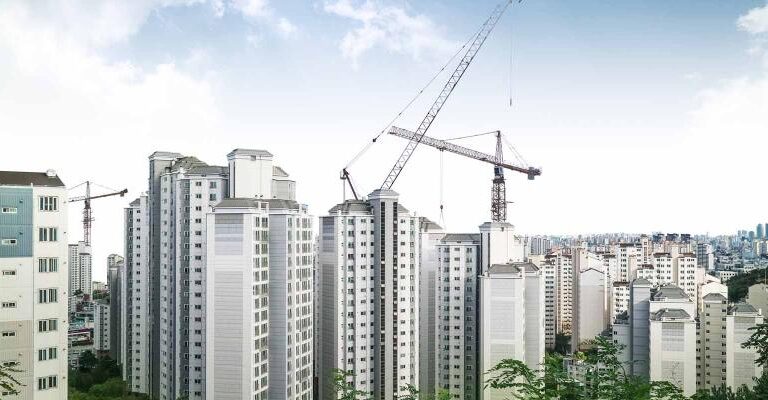Prepare an Accurate Budget by Factoring in These Important Expenses
Credit: Getty Images
Market characteristics, location, and size will often play the biggest role in determining your costs to rent commercial space. Though when you look more closely, there are several additional costs that might surprise you if you’re not prepared.
You can make sure you do not have unplanned expenses in your budget by factoring in these elements beforehand.
Let us take a look at five costly items to account for when leasing retail space.
Common Area Maintenance (CAM) Charges
CAM charges tend to be more variable than the monthly lease rate, and so can escalate at a different rate. If you do not obtain a cap on CAM expenses, you might see annual increases of more than 3-5%. You should also be aware of capital expenditures to common areas. Tenants should not be responsible for these expenditures, or at the very least only to the extent that they are amortized over their useful life.
If it is an existing center, examine the previous two to three years of costs in order to properly estimate a base year. This should help you save money by avoiding miscalculations or misrepresentations of the CAM charges.
HVAC Issues
HVAC issues often stem from outdated or underserviced systems. An outdated system can be costly, often requiring a replacement of Freon, a material with increasing regulations, limited domestic production, and rising prices. Additionally, the cost of replacing compressors and coils, and hiring a qualified HVAC tech, can add up quickly.
Getting a service history to ensure the system has been maintained properly or was recently installed can help you avoid the surprise cost of a significant repair or even replacement.
A unit that isn’t up to code can also catch you off guard and making sure the system complies with current regulations can have its own surprise costs. However, addressing those issues early can help you avoid even higher costs in the future.
Code Compliance
There is a laundry list of property elements that must adhere to code standards in order for a property to be deemed usable by the city or state. Meeting code for items like electrical components or fire sprinkler systems, for example, is necessary for occupant safety and security, but comes with added costs. Changes in use can trigger certain code requirements as well, and thus require additional permits.
Getting an architect or engineer to look at the space early on and coordinating with the city from the beginning are extremely important steps to address any potential code issues before they become a costly problem down the road.
Tax Assessments
Just like CAM charges, commercial property taxes are a variable cost, not a fixed one. When moving into a retail space, it is important to remember that property values change, and therefore so do taxes. Additionally, expansions or renovations to the property can result in your taxes being reassessed. This means your tax bill in a triple net lease (NNN) could potentially double or even triple over the course of several years.
If you are leasing a property that is sold to a new owner, the tax assessment can go up based on the value the property was sold for, often resulting in a much larger tax bill.
Utilities
It may seem obvious, but when leasing a space, you should always verify that the utilities work properly. Problems with utilities are common and can have costly ramifications. For example, sewer lines can be clogged or there may be water lines that do not work. The cost of utility repair and maintenance can be extremely high based on where certain elements are located.
Whether we like it or not, there will always be some surprises when it comes to leasing retail space. But through thorough planning, awareness, and budgeting you can navigate those unexpected costs and make sure you are as prepared as possible for any surprises.






